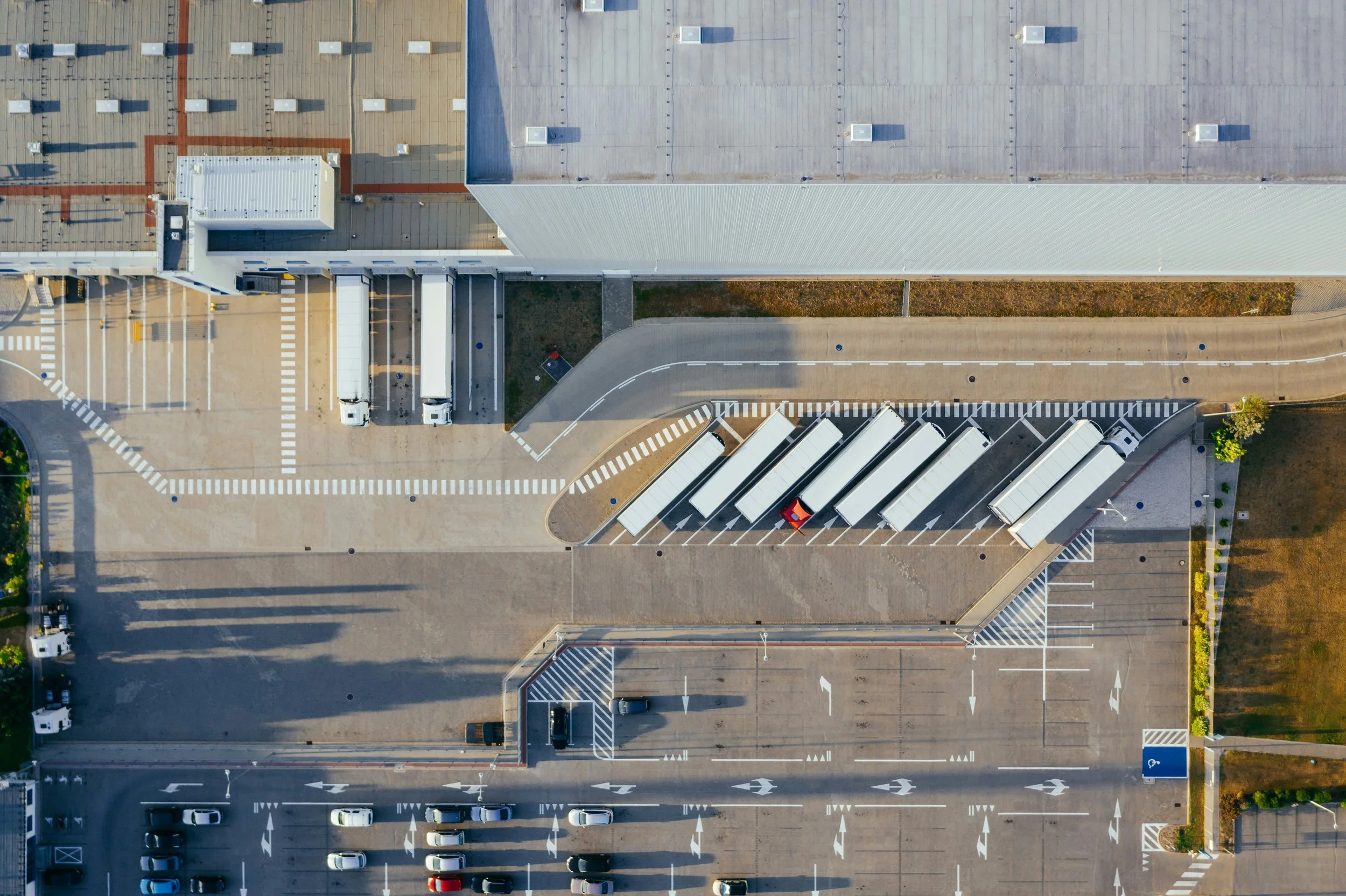How the management of logistics processes contributes to sustainability
Sustainability is one of the main challenges of nowadays and companies are increasingly focusing on ESG (Environmental, Social, Governance) aspects. Logistics is one of the key areas that can have a major impact on environmental impact. M2M Solutions' Transport Logistics System not only manages processes before entering the plant and within the plant, but it can also make a significant contribution to reducing CO2 emissions. If you want to know more information about how logistics process management improves efficiency while reducing emissions, read on.
Reduction of the waiting time before entry
Scheduling truck arrivals: the system can schedule vehicle arrivals to minimize the amount of time vehicles wait before entering the plant. Long waiting times with the engine running lead to unnecessary CO2 emissions. If vehicles are scheduled accurately and the system ensures a smooth entry, this can significantly reduce emissions.
Automatic registration and identification: using technologies such as driver apps or self-service terminals to automatically register vehicles can speed up administrative processes and eliminate the need for vehicles to idle.
Optimising movement of vehicles in the plant
Efficient routing: the system can navigate vehicles within a factory to avoid unnecessary stops or inefficient journeys from one part of the factory to another. This reduces the amount of time vehicles spend on site, thereby reducing fuel consumption and emissions.
Inter-departmental coordination: the system can improve coordination between departments (e.g. warehouse, loading zone), ensuring that vehicles do not wait unnecessarily for loading or unloading, leading to faster processes and lower idling emissions.
Digital management and paperwork elimination
Digital documentation: using a document management system reduces the need for physical paperwork and eliminates the downtime associated with manual processing. This not only saves time, but also improves process efficiency, which can reduce the amount of time vehicles are on site.
Automated approval processes: electronic systems for automated approvals, such as entry and exit permits, can speed up processes and avoid unnecessary waiting for hard copy permits.
Optimisation of loading and unloading
Improved loading/unloading efficiency: when the software optimises the processes, drivers spend less time waiting, which leads to emission reductions. Effective communication and clear instructions regarding time and place of loading reduce the time vehicles spend on site.
Reducing repeat journeys: When drivers have immediate access to information on routes and actions, the need for repeat journeys between zones is eliminated, thus reducing fuel consumption and emissions.
Taking congestion into account
Improving the traffic situation: a system that manages the arrival of trucks in time can significantly reduce the number of trucks arriving at times of traffic congestion (in the morning or afternoon), thus significantly affecting CO2 production in the plant's surroundings.
Scheduling into time slots: it can also schedule the unloading of incoming vehicles in order to reduce the time that vehicles spend waiting before entering the plant. If vehicles are scheduled for a specific time and the system ensures smooth entry and departure, this can reduce emissions significantly.
A system focused on optimising processes before entering the plant and within the plant not only brings companies greater efficiency, but also a significant reduction in CO2 emissions. By reducing waiting times, improving process flow, efficient scheduling and eliminating unnecessary trips or idling, we help businesses reduce their carbon footprint while saving resources and costs. Sustainability and performance are no longer opposites. More about the solution.
Are you a small or medium-sized business? Try the greentls solution with a monthly subscription without a commitment.





